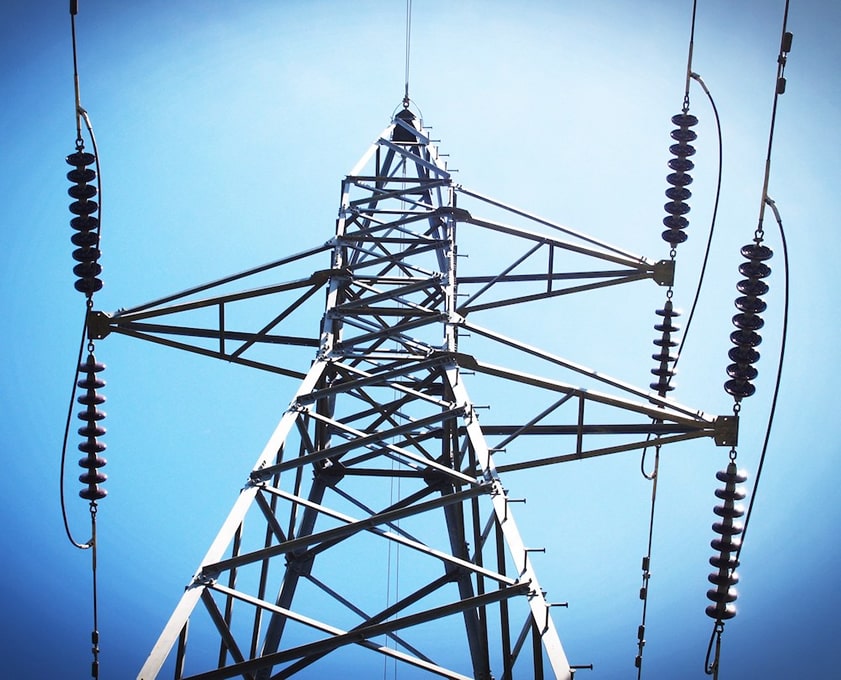How “Virtual Power Plants” Can Save the Grid

What’s a virtual power plant (VPP) and why should I care?
To avoid grid overload, costly upgrades and activating peaker plants - many utilities are turning to the idea of “virtual power plants” which allow them to maximize generated load on the grid, optimize the mix of renewables, offset needs from conventional power sources, as well as avoid load disruption. These smart grid solutions of stationary storage batteries, solar panels, and other energy efficient technologies are tied together and controlled by software and data systems to store and discharge power when it’s needed to address peak demand and other electricity grid requirements (e.g. frequency regulation and ancillary services). Today, with eMotorWerks’ smart-grid electric vehicle charging technologies, EV charging stations can also be incorporated into the virtual power plant model - without the high costs of purchasing, installing, and maintaining traditional VPP technologies, since the systems - electric vehicles - are purchased by car owners. These smart grid solutions use the latest technology to give EV drivers a more affordable, efficient, and reliable charging system.
For you, the driver, this means: lower carbon emissions for charging your car, fewer brownouts, lower cost energy, and rewards payments for enrolling your plug in electric vehicle in the smart grid.
Why is the issue with grid overload becoming so urgent?
By 2022, (five short years from now) electric vehicles are expected to cost the same as their gas-powered counterparts (without incentives!), and with an estimated increase to 12 million vehicles in North America alone by 2025, EV adoption is expected to hit the inflection point for exponential growth. To manage upcoming electric demand to charge those vehicles, utilities must either build new power plants, aggregate load on the grid more effectively and in real time or turn to virtual power plants that include smart grid-ready EV charging stations. These smarter grid solutions provide the efficiency and reliability EV drivers need to stay charged up and ready to drive.
How does eMotorWerks address this problem?
The eMotorWerks solution - by smart-grid enabling a wide variety of third-party EVSEs - addresses a common challenge for traditional virtual power plants - high upfront expense, integration and collaboration. By matching the time and rate of EV charging to the grid's conditions, our cloud-based JuiceNet platform acts like a virtual power plant, generates recurring revenues from an array of energy services that balance grid supply/demand, reduces energy costs, and defers costly grid infrastructure upgrades. It also allows EVSE providers to work together by providing a cloud-based platform which makes grid reliability and maintenance much more transparent.
eMotorWerks can aggregate and optimize EV charging load across any compatible EVSE vendor, including its own leading “JuiceBox” line of stations and those from AeroVironment, Clipper Creek, Nayax, Webasto, and Volta to minimize energy procurement costs, enable necessary balancing of the grid, avoid unnecessary grid infrastructure upgrades that would otherwise cost utilities and ISOs hundreds of billions of dollars, all while integrate a higher penetration of renewables and reducing GHG emissions from the grid.
What has already been done to combat grid congestion?
Towards the goals above, eMotorWerks has already deployed tens of thousands of stations worldwide, and its Smart Grid Technology and Applications is utilized by nearly 10 large OEMs worldwide. Forward thinking utilities like Sonoma Clean Power and Marin Clean Energy have rolled out eMotorWerks and partner charging stations, similarly the CPUC and three California-based IOUs have led submetering pilots, because they know their ability to aggregate loads throughout a charging cycle is critical to keeping the supply and demand of energy flowing smoothly, as well as minimizing costly electricity grid upgrades. For the driver - eMotorWerks’ self-learning component learns the driver's needs, predicts grid events and allows drivers to earn money off of energy market participation.
eMotorWerks is helping solve the biggest EV challenge coming in the next 5 years, namely the need for utilities to deliver more electrical load, without building more power plants. Virtual power plants that include EV charging are key to that future.
SEPA Grid Evolution Summit in Washington, DC
Our CEO, Val Miftakhov, will speak on this topic at the SEPA Grid Evolution Summit - A National Town Meeting in the session titled "Technical capabilities of Distributed Energy Resources (DERs)” on July 25 - 27, 2017 in Washington, DC. Learn more about the event here.






